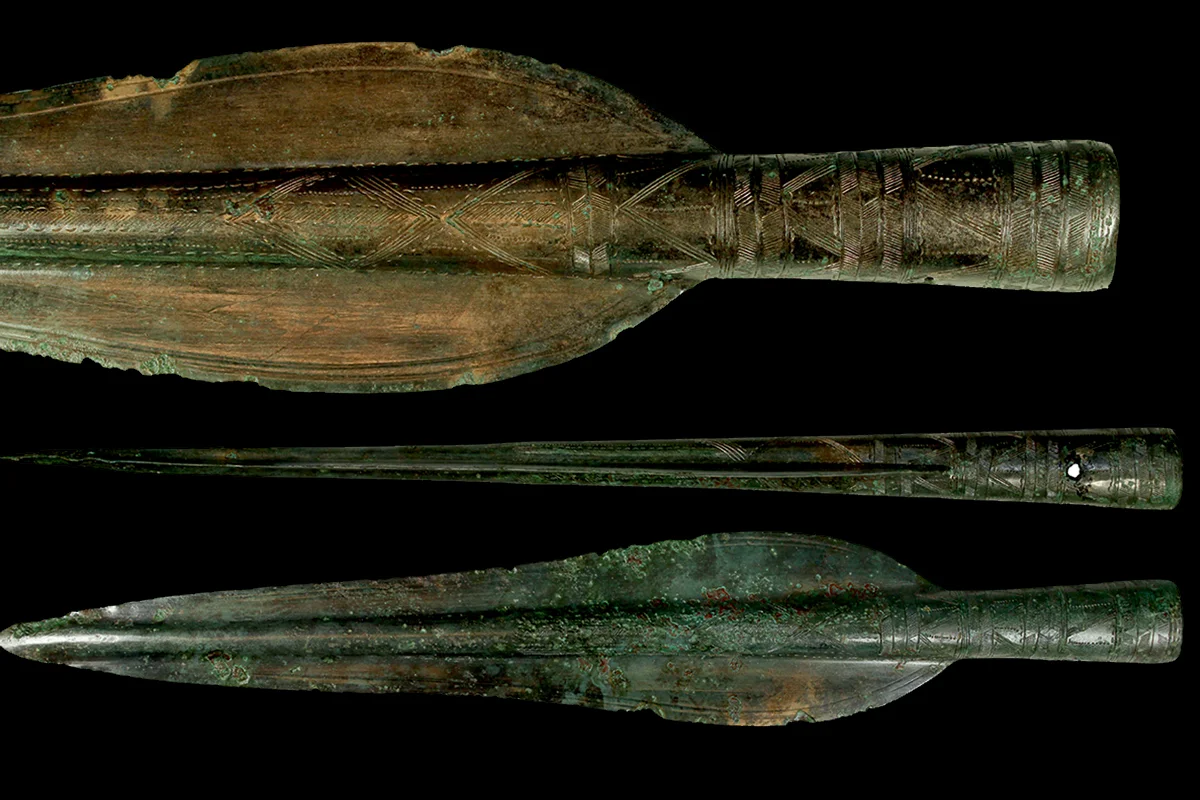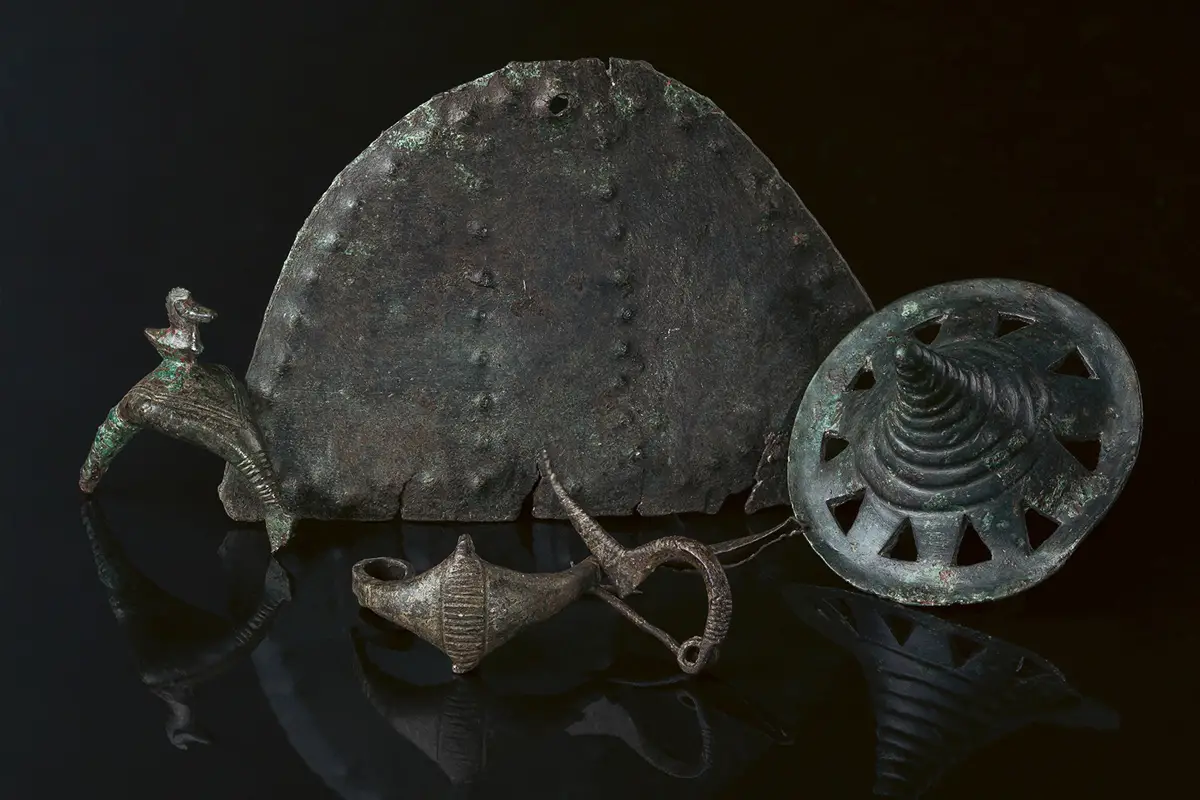A recent study published in the journal Antiquity has provided new insights into the people that inhabited Somló Hill in Western Hungary.
Rising 431 metres above the landscape of Veszprém County, Somló Hill is a volcanic butte inhabited from the Late Bronze Age to the Early Iron Age.
The study, conducted between 2023 and 2025 by the National Institute of Archaeology of the Hungarian National Museum Public Collection Centre, employed a combination of high-resolution survey tools, lidar scans, and magnetic surveys – followed by a series of excavations.
This led to the discovery of six hoards consisting of over 900 metal objects, such as jewellery, brooches, decorative discs, and a rare Alpine-style spearhead.
Five of the hoards date from the Late Bronze Age (1450–800 BC), while the sixth has been dated to the Early Iron Age (800–450 BC). According to the study authors, the earliest Late Bronze Age finds are from the Reinecke Bronze Age C period (1400–1300 BC), with finds of the Hallstatt B1–B2 periods (1080–900 BC) being the most abundant.

Hoards from the Hallstatt B period are rare in the region and often lack reliable archaeological contexts. In contrast, the Hallstatt B hoards on Somló Hill are providing archaeologists a unique insight into the arrangement of bronze items, the pattern of fragmentation of metal objects without modern influences, and the presence of non-metal components in hoards, such as amber beads, boar and domestic pig tusks, fabrics and leather components.
“The unearthed hoards testify to an intentional and complex hoarding tradition on Somló Hill. They offer a unique opportunity to redefine hoards during the Hallstatt B period in Transdanubia through the patterning and study of previously unknown hoard components and phenomena, using advanced analytical techniques and methods,” said the study authors.
Header Image Credit : László György
Sources : Antiquity – doi:10.15184/aqy.2025.44





